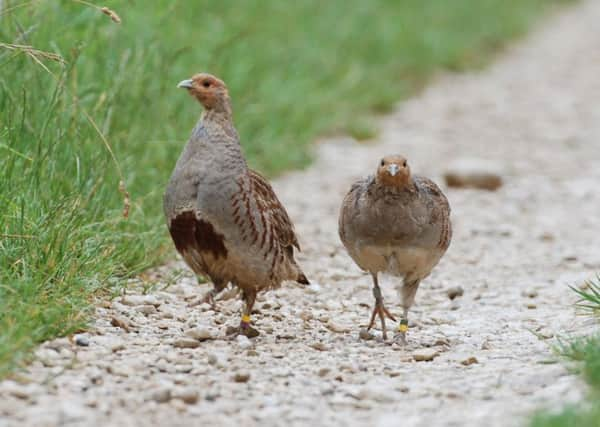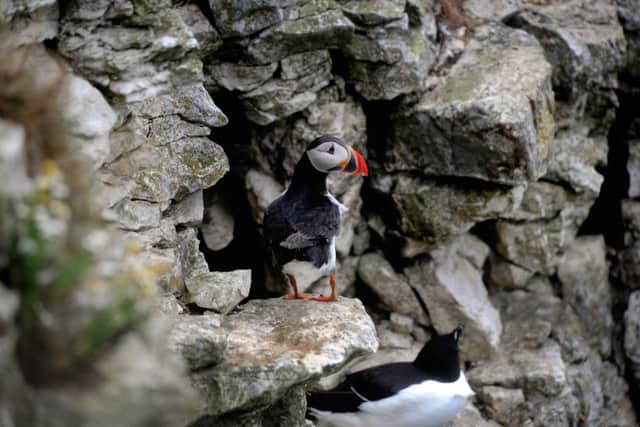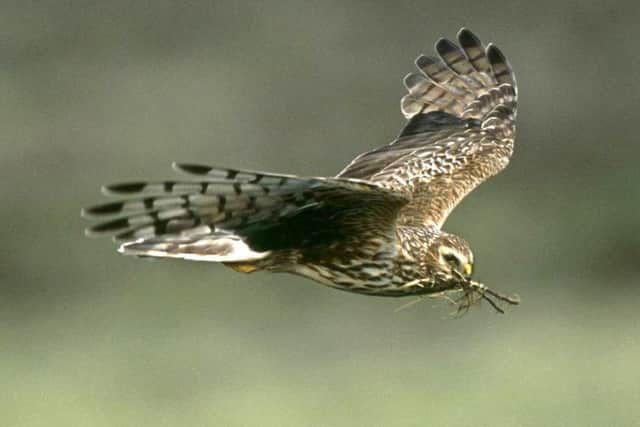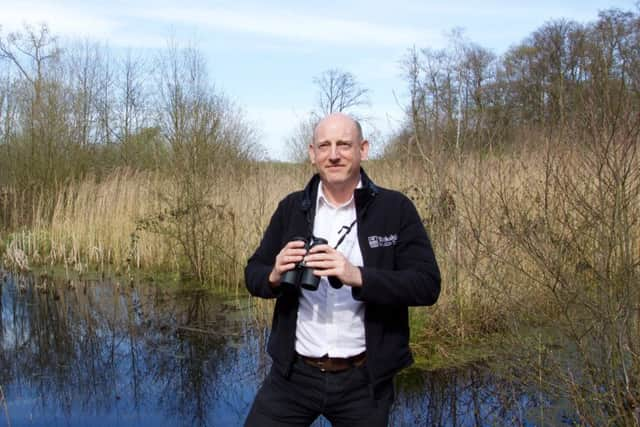Nature needs government help to save species from the brink


The new State of Nature report published today claims that more than half of UK species have suffered declines in recent years and more than one in ten species are under threat of extinction.
Conservationists in Yorkshire have highlighted how species that rely on the region’s uplands and coastal areas for vital habitats are at particular risk.
Advertisement
Hide AdAdvertisement
Hide AdNationally, huge losses of bird species have been recorded over the past few decades, including seabirds such as puffins and kittiwakes and other birds found in-land such as curlews, lapwings and hen harriers that should be thriving in Yorkshire.


Nationally, 33 per cent fewer curlews and 26 per cent fewer lapwings were recorded between 1995 and 2014.
In Yorkshire, there have been no reports of breeding hen harriers for around a decade, according to the RSPB.
Both puffins and kittiwakes are Red Listed species of high conservation concern and the RSPB is concerned that the approval of the Hornsea Project Two offshore wind farm will lead to the unnecessary deaths of hundreds of globally important seabirds that nest on the Yorkshire coast.
Advertisement
Hide AdAdvertisement
Hide AdMost revealing are major falls in the Yorkshire populations of grey partridge, whose regional numbers fell by 70 per cent between 1995 and 2014, and the cuckoo, down 59 per cent.


Helen Byron, the RSPB’s conservation manager for Yorkshire, said: “There’s still a huge job to do if we want to save nature in the UK. In North Yorkshire, we are particularly concerned about much of our upland and coastal wildlife. Curlews and lapwings have suffered huge declines nationally in the past few decades so we really need to protect those that breed in the upland areas of Yorkshire.
“We are also worried about hen harriers as there were only three successful nests in England this year. We should have numerous hen harriers in Yorkshire but none have bred in here for several years.
“Seabirds like puffins and kittiwakes are struggling nationally, and over on the Yorkshire coast at places like Filey and Bempton, they face pressure from potentially harmful wind farm developments in the North Sea.”
Advertisement
Hide AdAdvertisement
Hide AdMs Byron said wildlife organisations were struggling to reverse the damaging trends.


She said: “The RSPB and other nature conservation organisations are working hard to halt the declines of these species but we can’t do it alone and need the Government to take urgent and decisive action to protect our precious wildlife.”
Yorkshire Wildlife Trust also contributed to the second State of Nature report and its chief executive, Rob Stoneman, said the Trust was working hard to reverse the “alarming decline” of Yorkshire’s wildlife, with its efforts focussed on restoring damaged peatlands in North Yorkshire.
The detailed national report provides more detail than ever before about the state of the UK’s natural world, said Mark Eaton, its lead author.
Advertisement
Hide AdAdvertisement
Hide Ad“Since 2013, the partnership (of wildlife groups behind the report) and many landowners have used this knowledge to underpin some amazing scientific and conservation work. But more is needed to put nature back where it belongs – we must continue to work to help restore our land and sea for wildlife,” Mr Eaton said.


He added: “There is a real opportunity for the UK Government and devolved administrations to build on these efforts and deliver the significant investment and ambitious action needed to bring nature back from the brink.”
‘FARMING CAN LEAD RECOVERY’
Intensive agriculture has been blamed for contributing towards species’ declines, but Guy Smith, vice-president of the National Farmers’ Union said farming had not become more intense since the 1990s.
Mr Smith said: “The NFU believes the sustainable intensification of agriculture will be an important tool with which farmers will help to make a significant contribution to the challenge of both domestic and global food security.
Advertisement
Hide AdAdvertisement
Hide Ad“Good husbandry, good animal welfare and good agronomy all play a major role in balancing the need to produce food using less. This is why farmers are best-placed to be part of the solution.”
Tim Breitmeyer, deputy president of the Country Land and Business Association, said that while the report makes sobering reading, he was encouraged that farmers’ efforts over recent years had started to bear fruit.


Mr Breitmeyer said: “As we start to develop policy for a UK outside of the EU, it is critical that a proper understanding is established between farmers and environmental groups. As landowners, our starting point is clear, only a profitable, resilient farming sector can realistically invest time and resource in environmental management.
“We encourage green groups to acknowledge that farmers are best placed to continue to deliver biodiversity improvements, and to share their ideas and experience in formulating policy to deliver a better state of nature for our nation.”